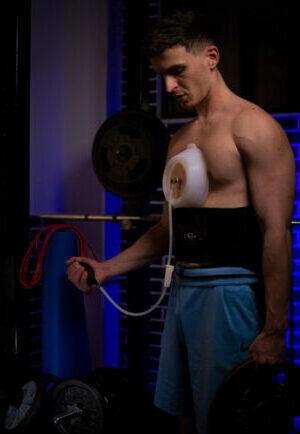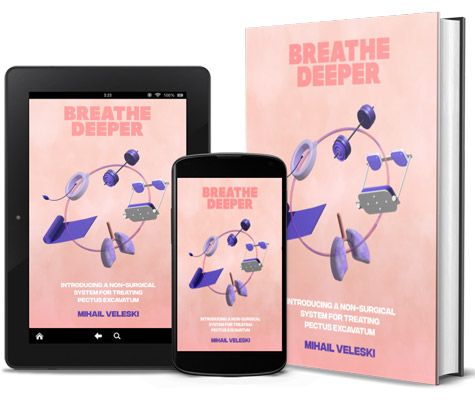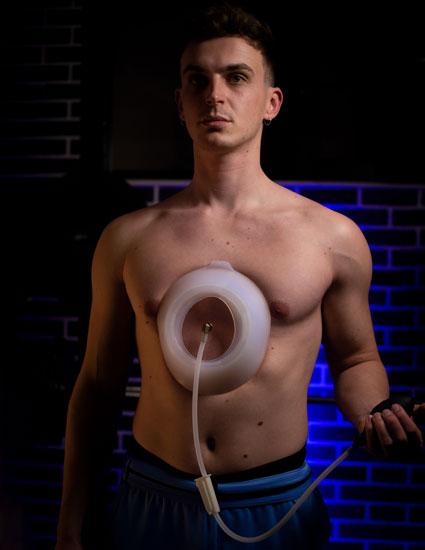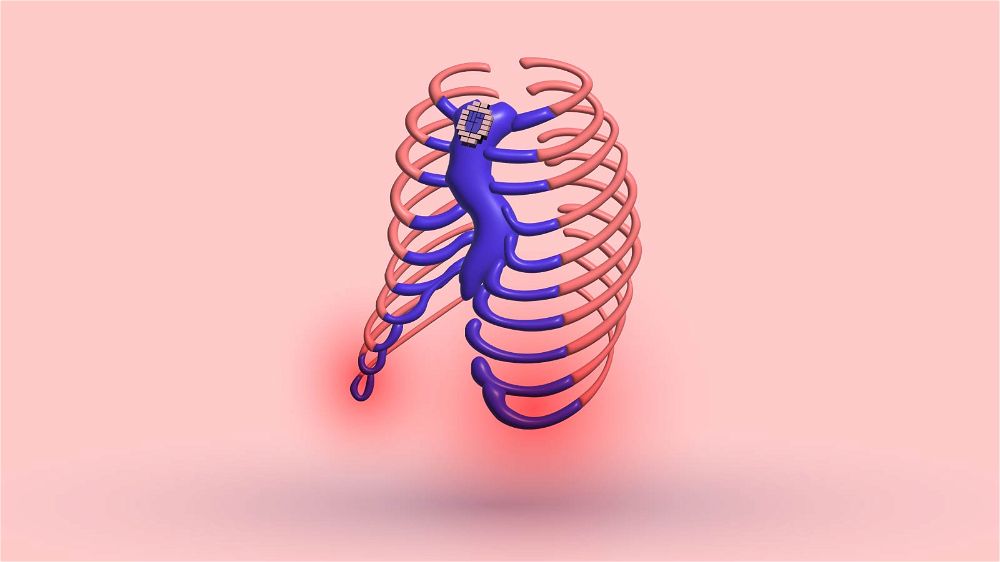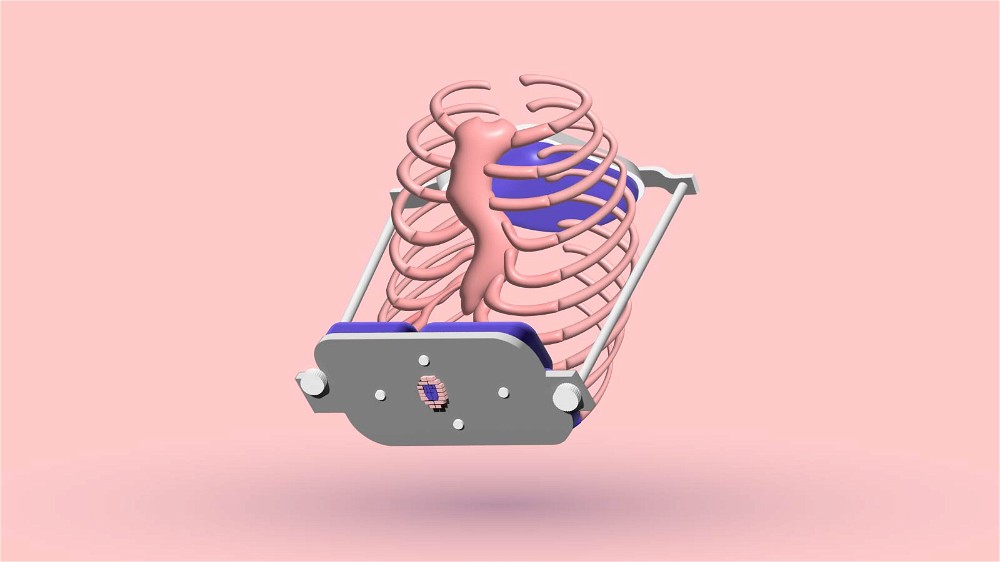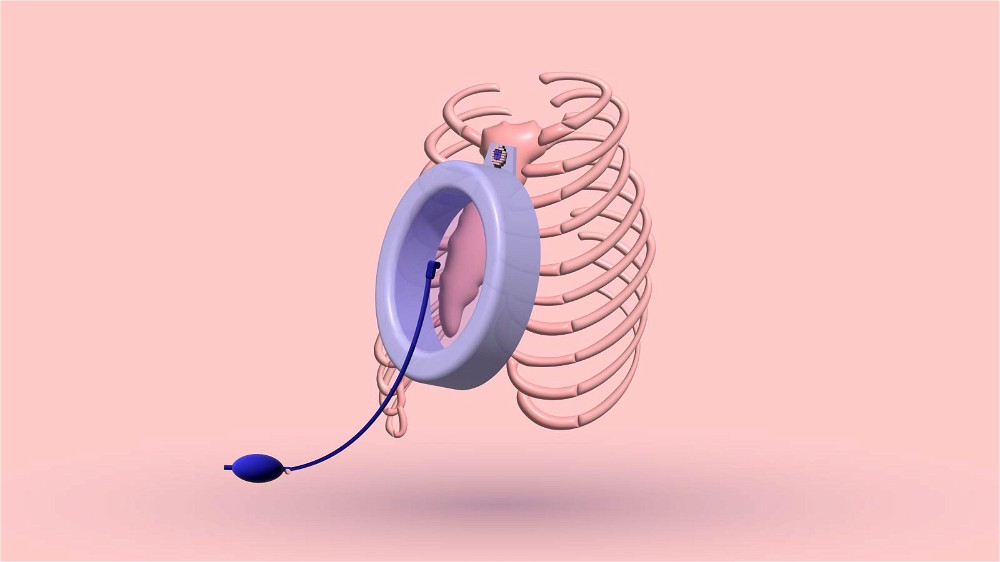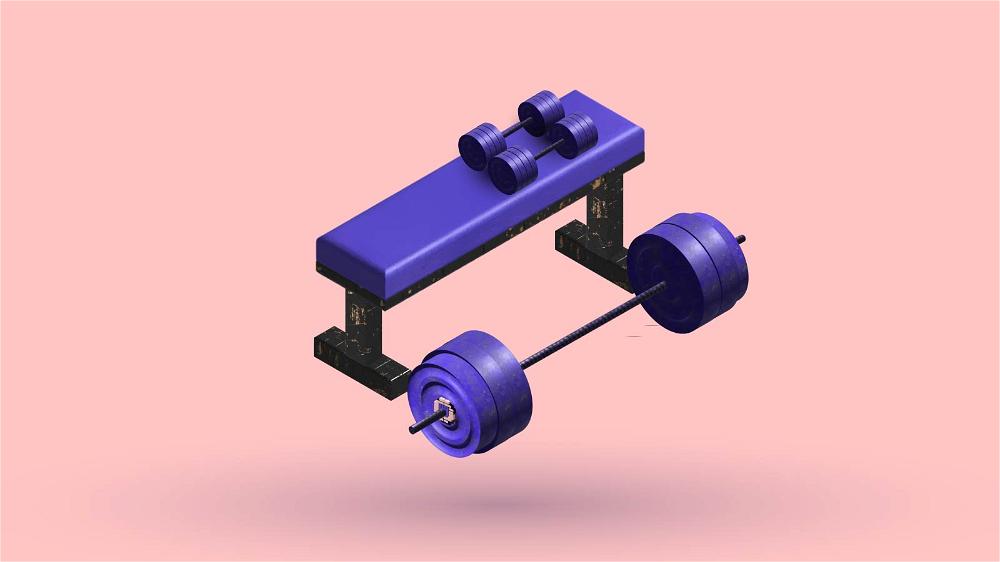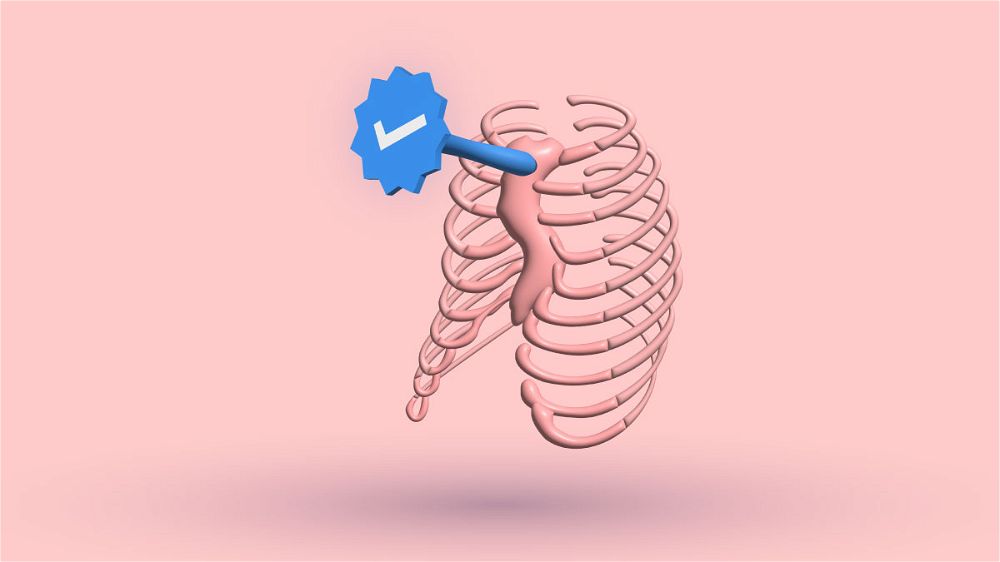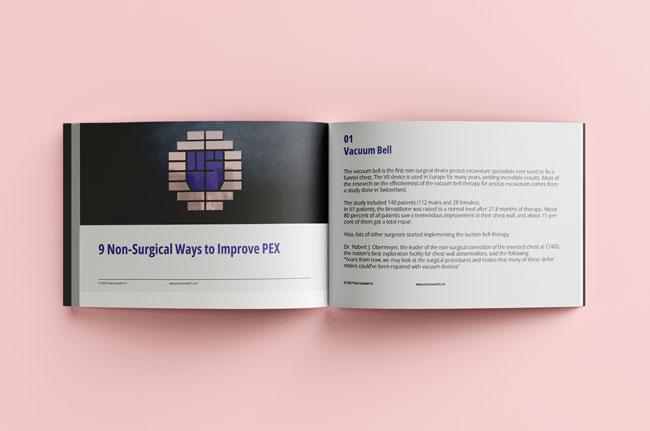A muscle spasm is an uncontrollable, arbitrary, and hard muscle contraction, usually in the upper or lower extremities.
While unpleasant, muscle spasms are generally harmless.
My Experience With Muscle Spasms
Before I fractured my middle finger in my left hand while doing box squats in the summer of 2014, I felt muscle spasms in my chest, and I thought it was some heart problem. I was worried, but I’ve never visited a doctor about this.
After the freak accident of a loaded heavy bar falling on my finger when I bailed my squat, I cut and fractured my middle finger in six places, and I had to undergo immediate surgery. When I was connected to the heart rate monitor during surgery, I experienced my chest spasming.
However, my heart rate didn’t increase. That’s when I realized it wasn’t anything related to my heart but a muscle cramp.
After realizing that, I usually noticed that happening to me after a challenging workout. I must admit that the sensation is unpleasant, but it eventually goes away. I practice giving myself a light, circular massage right in the twitching area.
Muscle Spasm Causes
Causes for muscle spasms can be overuse of a muscle, dehydration, muscle tension, or just holding a position for an extended amount of time.
However, in many situations, the cause may be unknown.
Some may occur by an underlying medical issue, such as insufficient blood flow, electrolyte imbalance, dehydration, or misuse of the muscles.
How Long Does a Muscle Spasm Last?
The spasm of a particular muscle can last from a few seconds to 10-15 minutes or longer. It most often appears in the hands, feet, thighs, and back, but it can also appear in the chest area or the heart muscle. Some cramps can be a simple nuisance, while others can be very painful and noticeable.
Don’t Overtrain
I’d suggest being cautious when working out because overtraining can result in this problem. When you begin developing an exercise routine, take care because various issues, such as muscle strain, can happen to an overtrained muscle.
Muscle strain, sometimes known as a “pulled muscle,” is caused by overstretching, which can result in partial damage.
It can occur in any muscle. Sudden twisting or movement at the torso, particularly against resistance, can cause intercostal muscle strain in the chest. The diagnosis is clinical and based on a medical team’s examination of the affected muscle.
The pain is generally intense and piercing but gradually fades to a dull ache. It can cause swelling, muscle spasms, trouble moving the affected area, breathing distress, and bruising.
For this reason, you may require professional assistance to ensure that you start your training routines safely by having a proper posture while exercising.
Muscle Spasm and Surgery
Another reason for this can be the surgery and the postoperative period.
Some painkillers can be given to you for a few weeks to lessen muscle discomfort. Your doctor could suggest a more potent painkiller in the first week following surgery.
Along with these medications, you may also require antacids for an upset stomach and a muscle relaxant to relieve muscle spasms.
Diaphragm Spasm
A diaphragm spasm can also contribute to symptoms such as terrible chest feeling. It occurs as a rapid, involuntary contraction that might produce discomfort and tension in the upper abdominal or chest region.
It has an impact on how the lungs contract and expand while breathing. This emergence can be due to continuous stress, trauma, exercise, and other factors.
Easy Ways to Deal With Muscle Spasms
You can use the following self-care tips to manage muscle spasms at home.
Ensuring you stay hydrated can also help. Also, a massage can be of tremendous benefit. Stretch the muscle when you feel the pain, and gently, with circular motions, rub the area.
Applying a warm cloth or heating pad on stiff or tight muscles is also a good idea.
A warm bath or a hot shower stream to the tight muscle might also assist. Alternatively, applying ice on the strained muscle may relieve pain.
Some stretching exercises prescribed by your doctor can help lower your risk of muscular cramps in the future.
If you have frequent cramps that keep you up at night, you may seek professional medical help and allow your doctor to prescribe a muscle relaxant.
The Bottom Line
Although muscle spasm is not dangerous and often passes quickly, a continuous occurrence can still signify some hidden health problem you may have.
In such cases, you should consult a doctor to know the next step to protect yourself from that unpleasant feeling.
7 Sources
- Rib Injury Clinic [Internet]. [cited 2023 Jan 30]. Available from: http://www.ribinjuryclinic.com/
- Muscle strains - Symptoms and causes - Mayo Clinic [Internet]. [cited 2023 Jan 30]. Available from: https://www.mayoclinic.org/diseases-conditions/muscle-strains/symptoms-causes/syc-20450507
- Muscle Spasms: What Are They, Causes, Diagnosis, and More | Osmosis [Internet]. [cited 2023 Jan 30]. Available from: https://www.osmosis.org/answers/muscle-spasms
- Muscle cramp - Symptoms and causes - Mayo Clinic [Internet]. [cited 2023 Jan 30]. Available from: https://www.mayoclinic.org/diseases-conditions/muscle-cramp/symptoms-causes/syc-20350820
- Muscle cramp - Diagnosis and treatment - Mayo Clinic [Internet]. [cited 2023 Jan 30]. Available from: https://www.mayoclinic.org/diseases-conditions/muscle-cramp/diagnosis-treatment/drc-20350825
- Diaphragm spasm: Symptoms, causes, and treatment [Internet]. 2022 [cited 2023 Jan 30]. Available from: https://www.medicalnewstoday.com/articles/322035
- Dcmnt.pdf [Internet]. [cited 2023 Jan 30]. Available from: https://intermountainhealthcare.org/ckr-ext/Dcmnt?ncid=520452484


